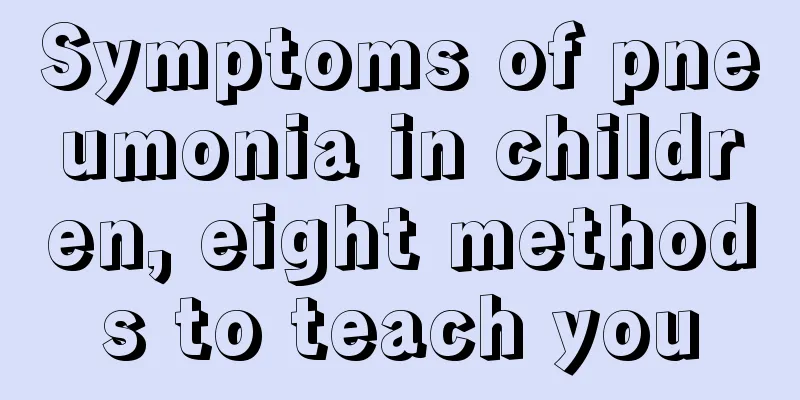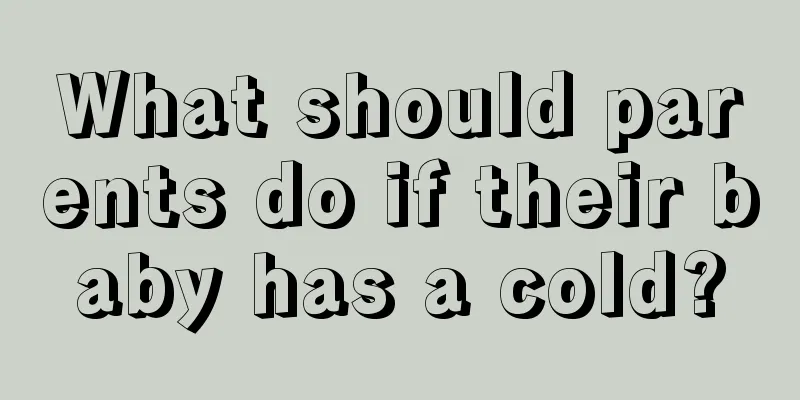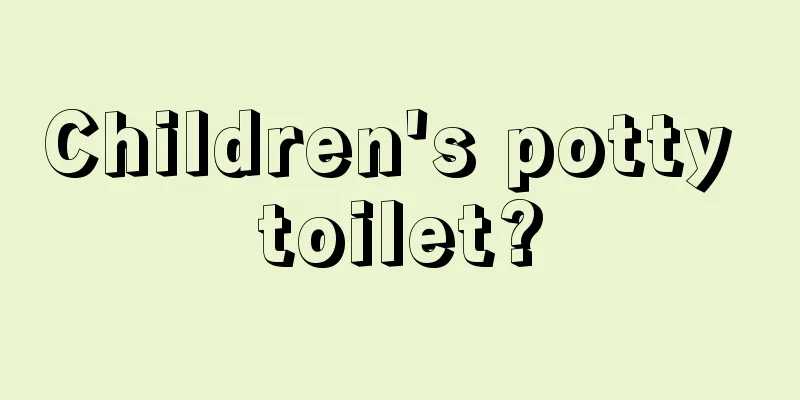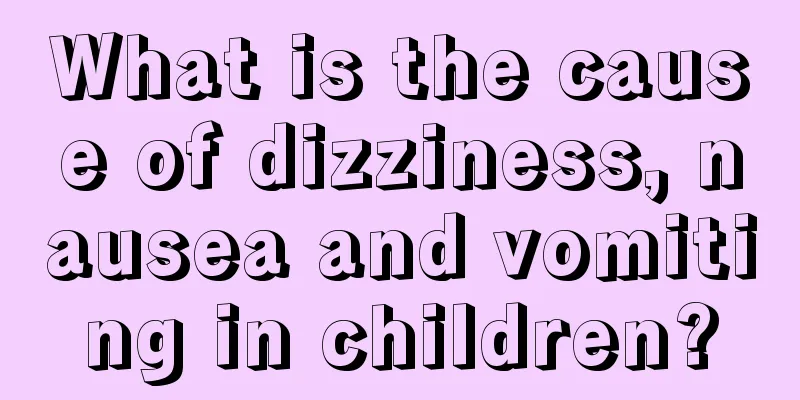Symptoms of pneumonia in children, eight methods to teach you

|
Pediatric pneumonia has become more and more frequent nowadays. It is particularly important to clearly understand the symptoms of pediatric pneumonia and use them to determine whether the child has pediatric pneumonia. We must start to understand it immediately. So, what are the symptoms of pediatric pneumonia? 1. Fever is mostly high. 2. The cough starts with a frequent, irritating dry cough, followed by phlegm sounds in the throat, and the cough may be accompanied by vomiting and choking on milk. 3. Respiratory symptoms Respiration is shallow and rapid, with nasal flaring, and some children have mild cyanosis around the mouth and nails. 4. Systemic symptoms In addition to respiratory symptoms, children may also have systemic symptoms such as mental depression, irritability, loss of appetite, shivering, diarrhea, etc. 5. Respiratory symptoms Breathing is shallow and rapid, reaching more than 80 times per minute, with flaring of the nostrils, three-depression sign, groaning during exhalation, and obvious cyanosis of the face and extremities, or even pale or grayish complexion. Dense, fine, moist rales can be heard in both lungs. 6. Circulatory system symptoms Pneumonia in infants is often accompanied by heart failure. 7. Neurological symptoms ① Irritability, drowsiness, staring, squinting, and eyeballs moving upward. ② Drowsiness, even coma and convulsions. ③Conjunctival edema. ④Pupil changes, slow or absent reaction to light. ⑤Irregular breathing rhythm. ⑥ The anterior fontanelle is bulging, there are signs of meningeal irritation, and except for the increased cerebrospinal fluid pressure, everything else is normal. This is called toxic encephalopathy. In severe cases, the intracranial pressure is even higher and brain herniation may occur. 8. Digestive system symptoms Children suffer from decreased appetite, vomiting, diarrhea, and abdominal distension. In severe cases, the vomitus is coffee-colored or there is blood in the stool, bowel sounds disappear, and they suffer from toxic intestinal paralysis and toxic hepatitis. (5) Acidosis can occur as metabolic acidosis, respiratory acidosis, or mixed acidosis. |
<<: How to judge whether your child has ADHD? Ten tips to help you
>>: What causes myocarditis in children?
Recommend
How to treat high myopia in children
My child always looks at things very close. How c...
What causes children to have frequent stomachaches?
If children often have stomach pain, they may hav...
What causes children to drool?
Children always look curious with drooling mouths...
What are the symptoms of food poisoning in children?
Many people will have some food poisoning. Now du...
What to do if children have fecal incontinence?
Children are the flowers of the motherland, and t...
What causes projectile vomiting in babies?
Parents are more worried about infants' proje...
Why does a child have blisters on his tongue when he has a fever?
When a child has a fever, parents will become ver...
Blackening of the roots of children's teeth
The blackening of the roots of children's tee...
What is good for children to eat to moisten the intestines and relieve constipation
Children have delicate constitutions and are pron...
What should I check if I often catch a cold?
Many mothers find that their children often catch...
What should I do if my child has keratitis?
In life, eye diseases are quite common, especiall...
Children's platelet count is high
Blood contains many components, the three most im...
What to do if a newborn has congenital heart disease
Heart disease is the number one killer that threa...
Why is my child's urine yellow?
Children's body resistance is not as strong a...
What should I do if my child always has phlegm in his throat?
Some common symptoms that children suffer from wh...









